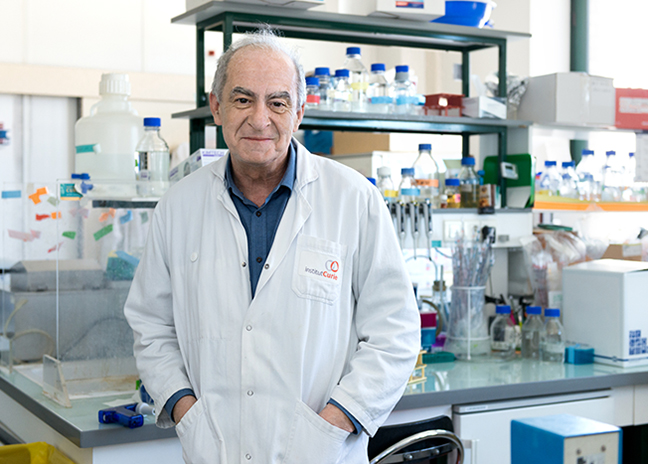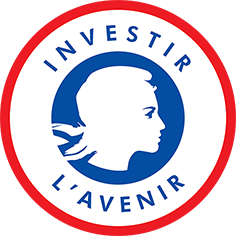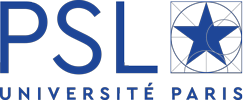Q-Life: an interview with Bruno Goud

Long a science of observation, biology is gradually becoming a predictive science thanks to quantitative methods for studying living systems. The mission of the Q-Life Institut Convergences, coordinated by Bruno Goud, director of the Cell Partitioning and Dynamics Unit at Institut Curie, is to strengthen and develop this line of biological research “at the interfaces”. Interview.
Q-Life has just been awarded Institut Convergences status. What is its field of research?
Bruno Goud: Long a science of observation, biology is gradually becoming a predictive science thanks to the development of quantitative methods for studying living systems. These approaches are drawn largely from statistical physics, fluid mechanics, and mathematics and can be applied to life on any scale, from molecules to cells to organisms or populations. They enable researchers to build and develop models capable of predicting the way a biological system will operate. The mission of the “Q-Life” Institut Convergences, which comprises more than 70 teams from various PSL institutions (with the aim of ultimately increasing that number to 100), is to strengthen and develop this line of biological research “at the interfaces”.
Q-Life’s ambition is to become a global leader in research, teaching, and innovation in quantitative biology at every scale of life, alongside Stanford’s Bio-X initiative, for example.
How do you think the research sponsored by Q-Life will facilitate societal advances or medical applications?
Bruno Goud: Quantitative biology has profoundly changed our understanding of living organisms. Biological systems are no longer considered a simple assembly of molecular components; now, they are seen as extremely dynamic entities, whose spatiotemporal organization is essential to their functions and which are closely linked to the physical and chemical environment around them. The rise of quantitative biology was made possible by close collaborations between biologists, physicists, chemists, bioinformaticians, engineers, and mathematicians. Still, huge challenges remain before we can do things like understand, model, and predict human health, develop more rational agronomic approaches, or devise new sources of renewable energy.
How will different disciplines work together within Q-Life to generate scientific innovation?
Bruno Goud: Q-Life is built on a globally unique concentration of high-level teams made up of researchers from different disciplines (physicists, chemists, mathematicians, computer scientists, etc.) with an interest in biological questions. Its ambition is to become a global leader in research, teaching, and innovation in quantitative biology at every scale of life, alongside Stanford’s Bio-X initiative, for example.
Its three primary missions will be to:
- Fund high-risk interdisciplinary projects through various programs;
- Train tomorrow’s leaders in quantitative biology, specifically by creating interdisciplinary masters programs that will educate a new generation of students capable of conducting research at the interfaces;
- Promote and accelerate technology transfer generated by projects with high potential for applications.
What resources does the Institut Convergences status provide, and for how many years?
Bruno Goud: The Q-Life project will receive €10 million over 10 years.
About Q-Life
Awarded Institut Convergences status under the PIA3 investment program, the Q-Life research program is one of the Major PSL Research Programs. Coordinated by Bruno Goud (CNRS / Institut Curie), Q-Life is a collaboration between 11 PSL-based and partnering research institutes and agencies (Collège de France, École normale supérieure, Institut Curie, MINES ParisTech, Chimie ParisTech, ESPCI Paris, Institut Pasteur, lBPC, CNRS, Inserm and Inria), six Labex projects and two Equipex projects (CelTisPhyBio, DCBiol, DEEP, MemoLife, WIFI, Ultrabrain, IPGG).

